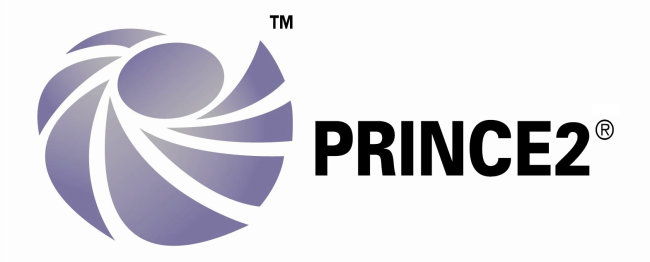PRINCE2 for schools (or, why don’t schools have project managers?)
I spent last week studying for and taking my Foundation and Practitioner PRINCE2 examinations. Programme and project management is an expected part of the world I now work; in fact, funding and facilitating projects too risky for institutions to take on individually is pretty much what JISC does.

PRINCE 2 is a project management method standing for PRojects IN Controlled Environments. It’s generic and applicable to everything from painting and decorating your house through to the machinations of multinational corporations. Granted, at first the rather abstract concepts seem needlessly convoluted (‘dis-benefits’ anyone?) but the commonality of language and ability to tailor a workable organizational structure make sense in the end.
What I can’t understand is why most schools shun formal project management methods? More than any almost any other type of organization, schools have to deal with constant change: personnel, curricula, buildings – so many different elements! Whilst it would be overkill (and the cost prohibitive) to have everyone within an organization PRINCE2-ceritified, I would definitely recommend the following:
Senior & Middle Leadership – full PRINCE2 Practitioner status
Teachers, Learning Support Assistants and Site staff – PRINCE2 Foundation status
If tied to professional development activities, the 7 PRINCE2 principles could really make a difference to organizational efficiency:
- Continued business justification
- Learn from experience
- Defined roles and responsibilities
- Manage by stages
- Manage by exception
- Focus on products
- Tailor to suit the project environment
The three I’ve highlighted would in particular benefit schools and make them much less frustrating (and much more productive) places to work. To explain those three:
- Continued business justification – at the end of each stage the Executive (usually be the Headteacher) decides if the ‘business case’ is strong enough to continue the project.
- Defined roles and responsibilities – project roles are based upon the ability of the person’s role within the school to allocate resources and carry out the task (and not on personalities).
- Manage by exception – once each stage plan is agreed with specified tolerances, the project manager gets on with it, only raising exceptions to the Project Board if the tolerances (time, cost, scope) are exceeded.
I’ll explain more about PRINCE2 if there’s enough interest. I may not be qualified to give the training, but I am qualified to write explanatory blog posts. 😉

